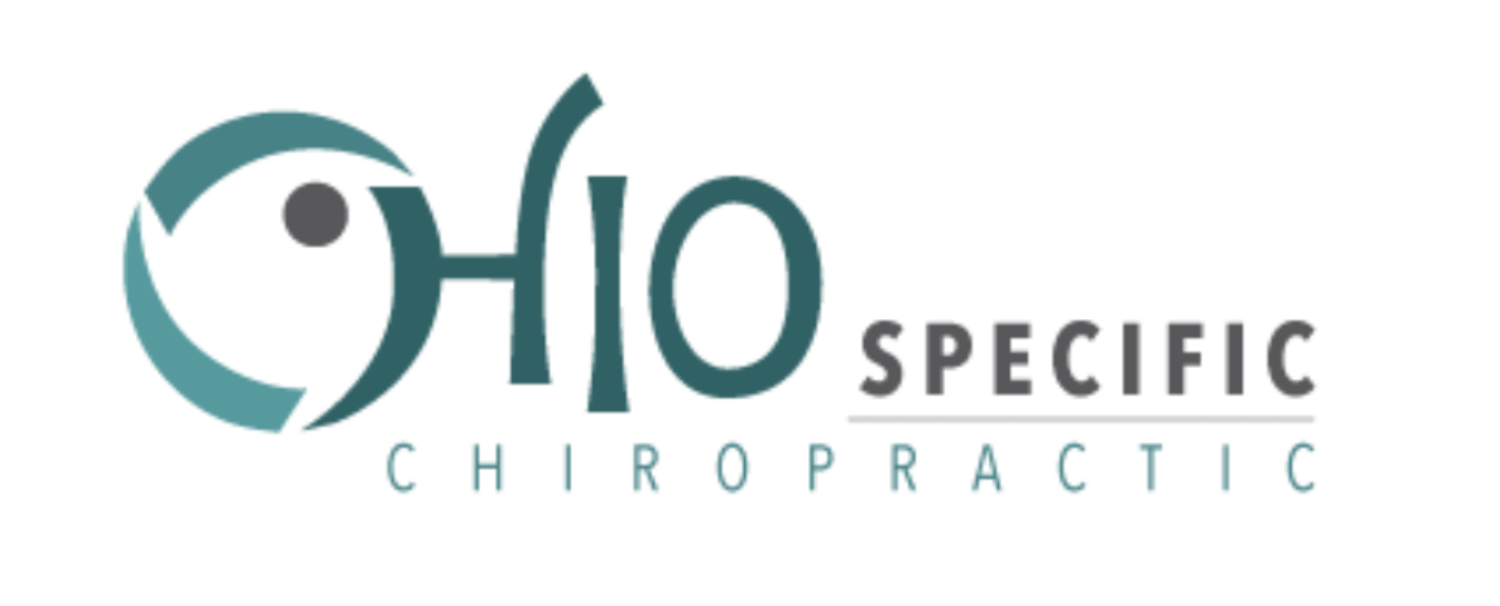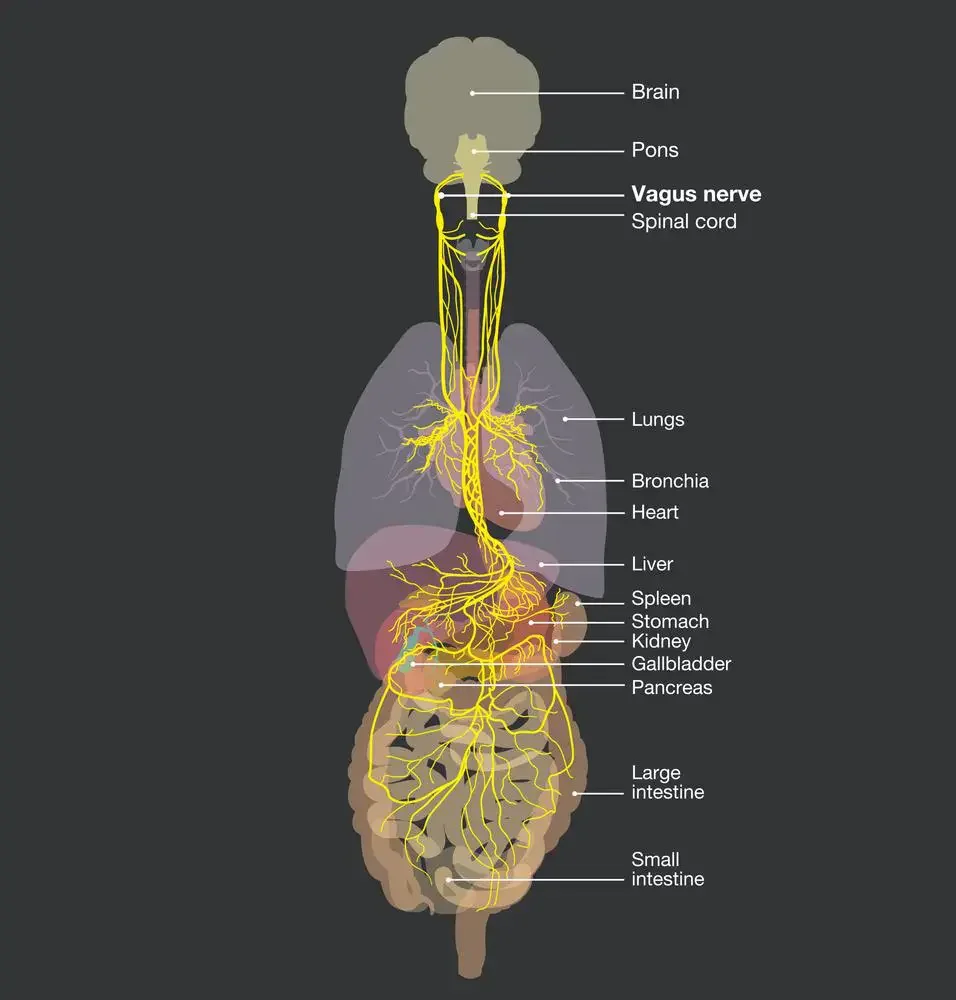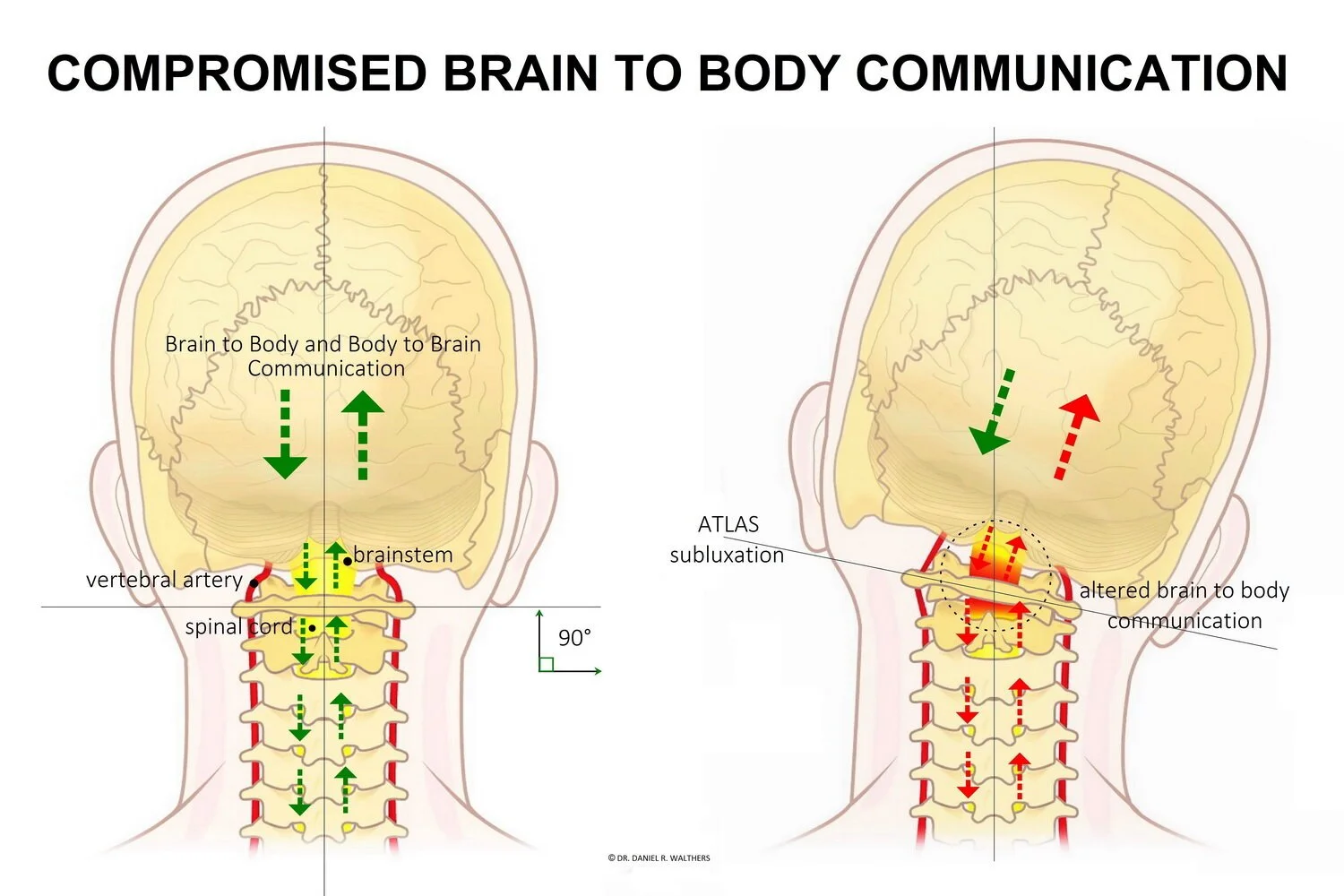Dysponesis and the Upper Cervical Spine
In the upper cervical spine, there are four main structures to focus on. They are:
The Foramen Magnum of the Occipital bone
The Atlas vertebra (1st cervical bone)
The Axis vertebra (2nd cervical bone)
The Brainstem of the Nerve System.
The Brainstem exits from the Foramen Magnum. The Atlas and Axis bones protect and surround the Brainstem. The brainstem connects all the nerves from the brain to the nerves of the body.
In Upper Cervical Chiropractic, the focus is on the neurophysiology and biomechanics of the Craniocervical Joint and how it effects all other areas of the body in some way, shape or form.
Regarding Dysponesis, the focus is on the Dorsal Raphe Nucleus and Dorsal Vagal Complex of the Brainstem.
The Dorsal Raphe Nucleus is a major source of serotonin for the brain. It is involved in regulating many functions, including mood, sleep, anxiety, and pain. The Dorsal Vagal Complex is a group of nerve cells involved in operations such as digestion, respiration, cardiovascular function, endocrine function and emotional regulation.
The Nerve System in general does four main things:
It controls all the movements we make
Senses everything we feel
Regulates all our body organs
Relates us to the outside world
When nerves get stressed, it effects their sensitivity, perception and behavior. There are three types of stresses we deal with in life. The stresses are physical, chemical and emotional in nature. These stresses create nerve tension and spine imbalance.
One specific job of the brainstem is to adapt these stresses and help bring the spine back into balance. If the stresses are too great for the brainstem to adapt, compensations arise. One particular compensation that occurs in the upper cervical spine is a vertebral subluxation.
A vertebral subluxation will cause the Atlas and Axis bones to get locked in a misaligned position. This lock will perpetuate spine imbalance and Nerve System tension. This tension will lead to abnormal sensitivity, perception and behavior of the brainstem and surrounding nerves. Nerve System function is disrupted.
Over time, this disruption can lead to symptoms. Dysponesis is related to incorrect or inefficient energy expenditure and doesn’t have a traditional “symptom” presentation. It can contribute to symptoms such as:
Muscle tension: Involuntary bracing and stiffening of muscles, especially during activities like talking, writing, or thinking.
Chronic fatigue: A persistent feeling of being exhausted or "wiped out," even after resting.
Pain: Tension headaches or muscle pain.
Increased anxiety: A heightened stress response and panic-like symptoms.
Mental clouding: Difficulty concentrating or a feeling of being mentally foggy.
Digestive problems: Symptoms such as irritable bowel syndrome (IBS).
Breathing issues: Irregular breathing patterns can occur.
Hormonal imbalances: Disruption in the body's regulation of energy.
The goal of Chiropractic is not to medically treat the symptoms of Dysponesis. Chiropractic aims to correct nerve tension and spine imbalance. Chiropractors correct this by adjusting the vertebral subluxation of the upper cervical spine.
Correcting the subluxation better optimizes the function of the brainstem and associated nerves. The Nerve System overall can sense, perceive and behave at a greater potential when a subluxation is corrected.
- Jarek Esarco, DC, CACCP
Related Blogs:
Dyskinesia and the Upper Cervical Spine
Dysafferentation and the Upper Cervical Spine
Dysautonomia and the Upper Cervical Spine



